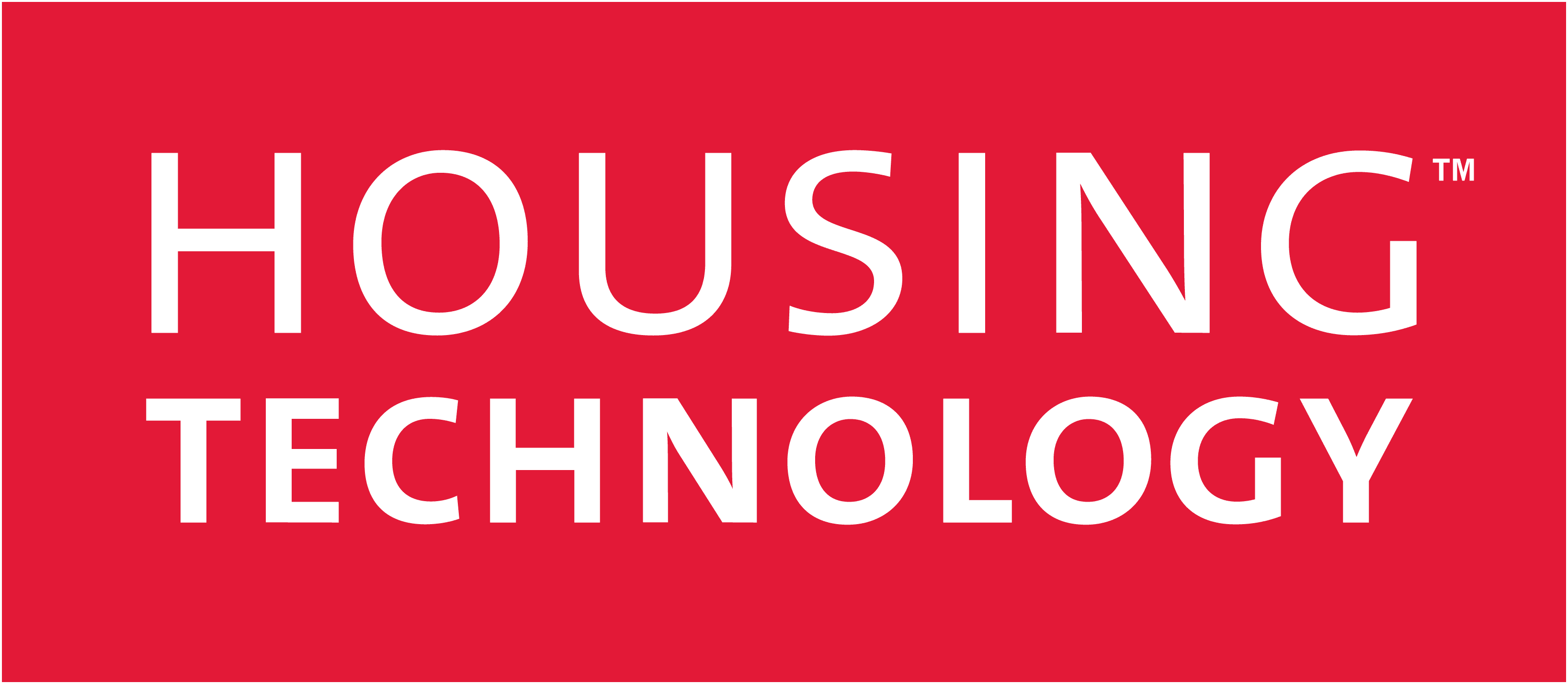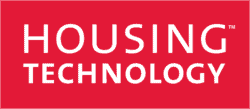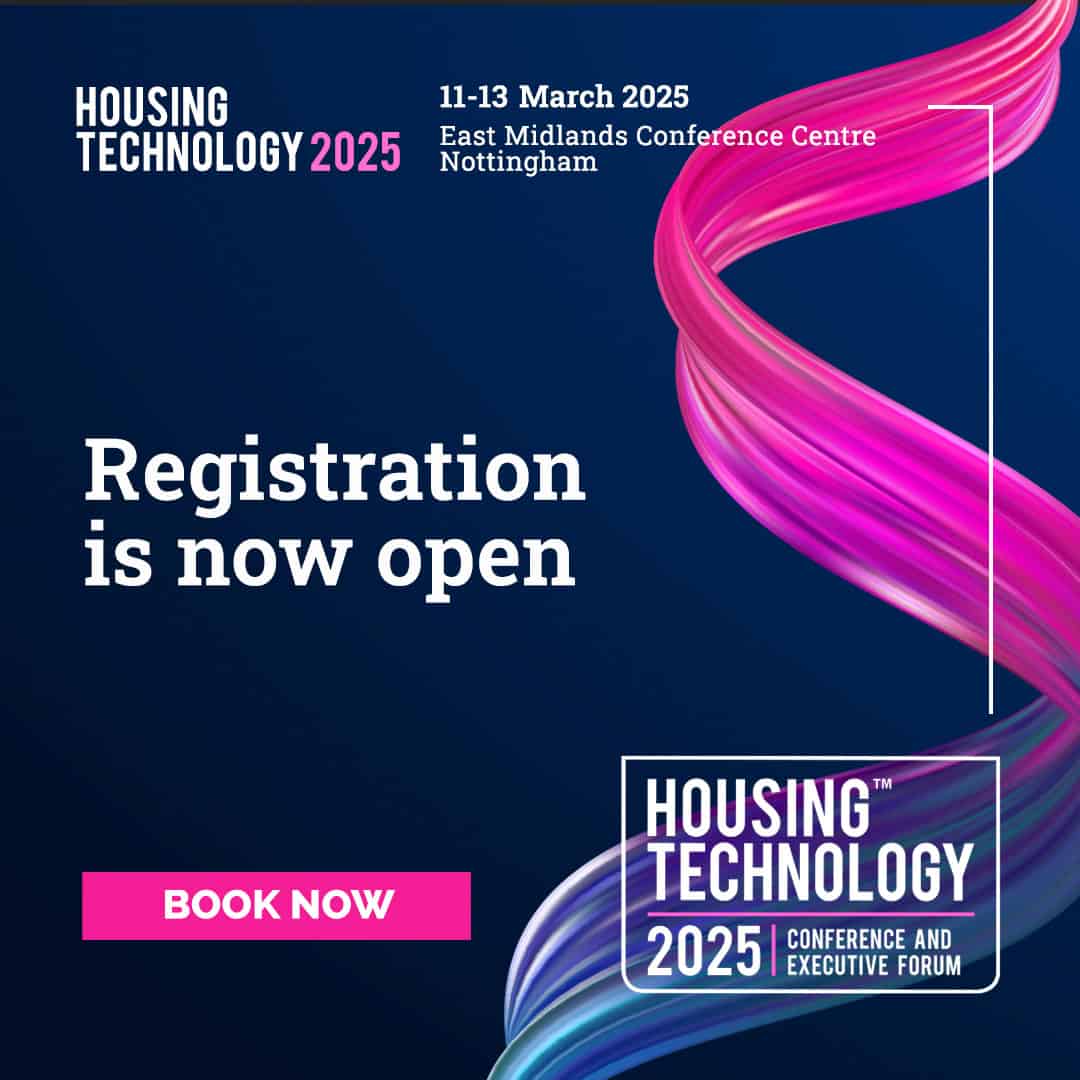The here and now
There is now much evidence globally that the spotlight has begun to shine more brightly on local digital transformation programmes. This may be due to the search for certainty and assurance regarding what has been delivered so far, and whether a full digital programme will help organisations survive as we emerge from the lockdown.
At One Housing, we have been on our transformation journey for a few years now, and given the current circumstances, that’s very fortunate timing.
Some of our original transformation drivers included improving data quality and access to information, leveraging the cloud to support a well-equipped, agile workforce and, most importantly, to offer cost-effective digital channels to enhance customer service and satisfaction as well as the employee experience. As luck would have it, all of these drivers helped form a good response to the impact of the pandemic on our business.
Listening to staff
A desired outcome of our agile working project was to reduce our reliance on data centre-based and thin-client technologies by deploying laptops, tablets and phones on a grand scale. Thus, the transition of our office-based staff to home working has been seamless, all things considered, and we have seen no negative impact in our ability to deliver excellent customer services. In particular, our customer service centre responded wonderfully to being home-based, leveraging the earlier move to a single service number and our investment in EngHouse’s contact centre management platform.
It may be worth going back to the start of the programme during late 2017 to further understand the outcomes achieved so far. And while some of the focus of our ‘One Future’ transformation programme was on modernising our IT systems and the way we use data, it was also about changing our organisational culture and business processes.
One of our earliest projects was to implement and embed lean thinking methods to improve processes and measure our performance more effectively. We were also keen on customers having more service options by way of additional digital channels, staff being freed up from drudgery via increased process automation, and seamless KPI production.
While PowerBI is now being deployed for all our KPI reporting needs, another key driver, namely improved collaboration, is being delivered via numerous Office365 applications, such as Teams, SharePoint, OneDrive and Exchange.
Listening to customers
The pandemic has also led to a dramatic rise in use of our latest generation of online services, including customer online accounts (launched October 2019) and our numerous websites. Subsequent phases of this project are being expanded and fast-tracked in response to this growing demand.
Our commitment to providing a compelling digital offer is best exemplified by the fact that usage and usability of digital services are now tracked as a headline KPI by our executive team.
Fortuitously, our new main website went live in April. The project started by talking to our customer groups and trying to understand their needs, as well as listening to our customer-facing colleagues. From there, we could look at all our customer journeys so that residents and stakeholders could find relevant content easily and quickly.
We also created new web content to ensure we kept our promise of providing clear and correct information. All this took time but, having done so in a collaborative manner, we think this has made a significant contribution to keeping customers informed and more at ease during the pandemic.
Customer feedback has recently helped launch our new Microsoft Dynamics 365 CRM. It has been shaped to support the specific needs of our customer groups and, over time, customers as individuals. CRM gives us a single view of our customers because it aggregates the information scattered across our legacy back-office systems in a comprehensive, clear and considered way. Ultimately, it will drive all our customer-centric business processes in a reliable, accurate and efficient manner.
It’s an investment in our customers as well as our frontline staff. With around 35,000 residents and a culture that fosters service excellence, the new CRM offers performance transparency and the ability to recover and learn from our mistakes.
We are already starting to look at the next phases of the project and how CRM can help our sales and marketing teams and other stakeholders in future.
Governance & resourcing
Since inception of the programme, we’ve generally managed to maintain pace, quality and to deliver to budget. A key reason for that has been the clear oversight performed by our programme board, comprising senior leaders, non-executives as well as project sponsors and managers. Each project needs to have a compelling business case and the PMO team thereafter track progress, costs and benefits from cradle to grave for each project.
We have also continued to refine the key relationships between the programme team, our internal customers and our IT operations teams to ensure effective hand-over and ongoing improvements to initial implementations.
Data and integration
To paraphrase Apple, “If you have a problem to fix, then there’s an app for that.” If that’s true in a world of cloud services, agile working and GDPR regulation, you’re going to need a lot of integration and data management.
We accepted that and have subsequently deployed ‘a bigger boat’, in the form of a Mulesoft integration solution as well as a suite of Microsoft data management products. Recall my earlier references to removing drudgery, increasing efficiency and enhancing quality? All those ambitions are becoming less challenging for us as we achieve further integration and data management.
Communicate, communicate, communicate
Even though we’ve seen early success with projects launched to support our employee experience, colleagues told us that they still wanted to hear more from our senior leaders, wanted to receive news and other information on the go and said that we weren’t reaching many of our frontline staff. We therefore decided to implement Facebook’s WorkPlace; this has enabled us to have a dedicated and secure space to connect, communicate and collaborate.
Since launching in September 2019, most of the organisation has embraced WorkPlace. There are now 68 active groups and we are averaging over 1,000 active monthly users, with around 150-200 group-wide posts each month.
It’s fair to say that from a well-being perspective, WorkPlace has helped keep us together because our staff have had a platform to share the heroism of the frontline teams and the dogged support of the back-office staff during a time when the pandemic has kept us at home and apart.
What’s next?
The initial programme still has a year to run and has had to make some adjustments in terms of the impact of the pandemic. However, the programme will now increase its focus on replacing legacy systems to improve asset and tenancy management, thereby staying true to our original primary drivers of customer safety and quality services.
The ‘new normal’ requires, perhaps even demands, that we build on what we have achieved in terms of the digital service offer and workforce agility, as well as driving value from investments already made in data and business efficiencies. To put it another way, we aim to achieve overall programme success by remaining aligned to our key corporate strategies while continuing to listen to both customers and staff.
Tony Blows is the chief information officer at One Housing.


